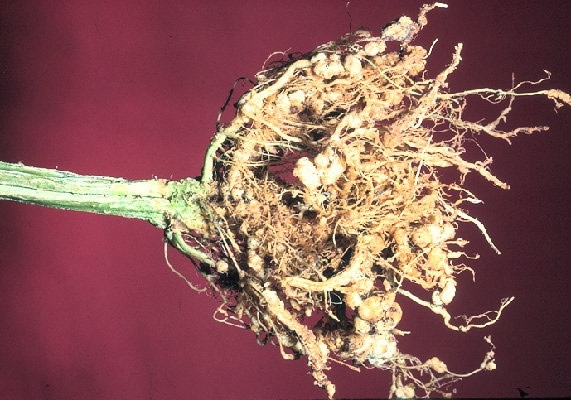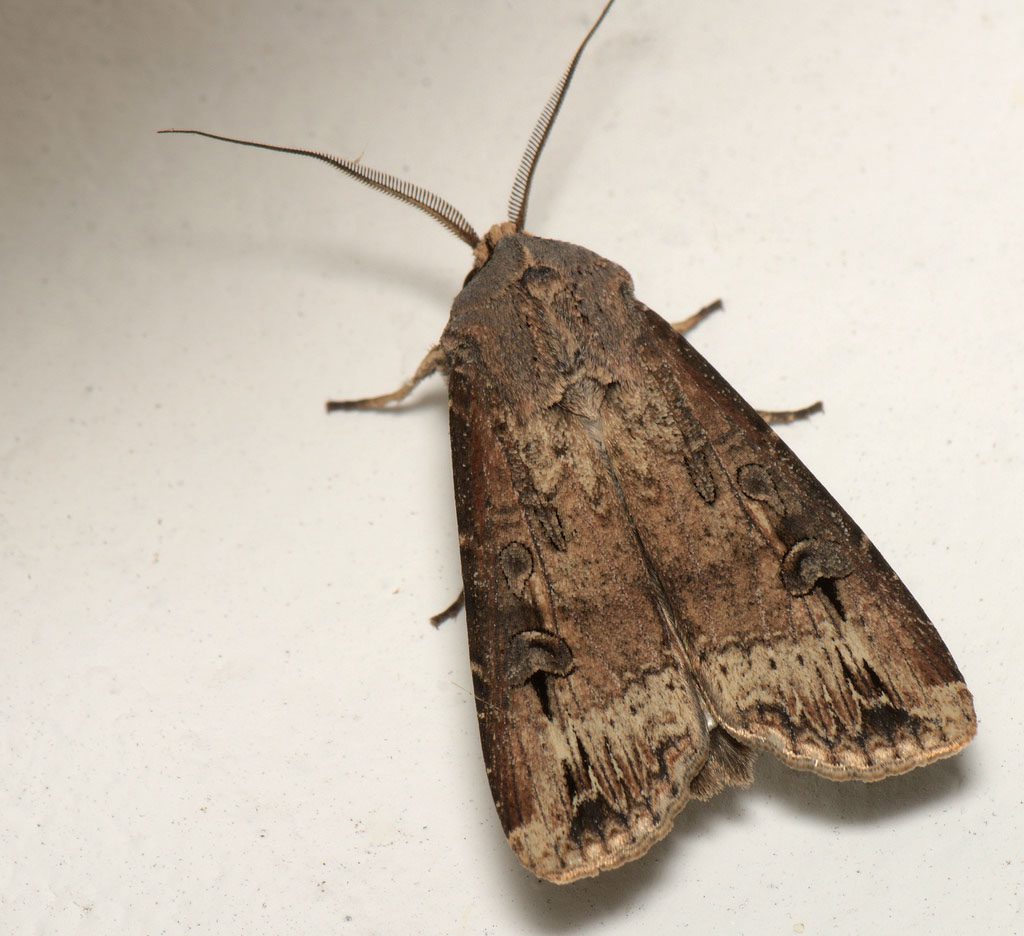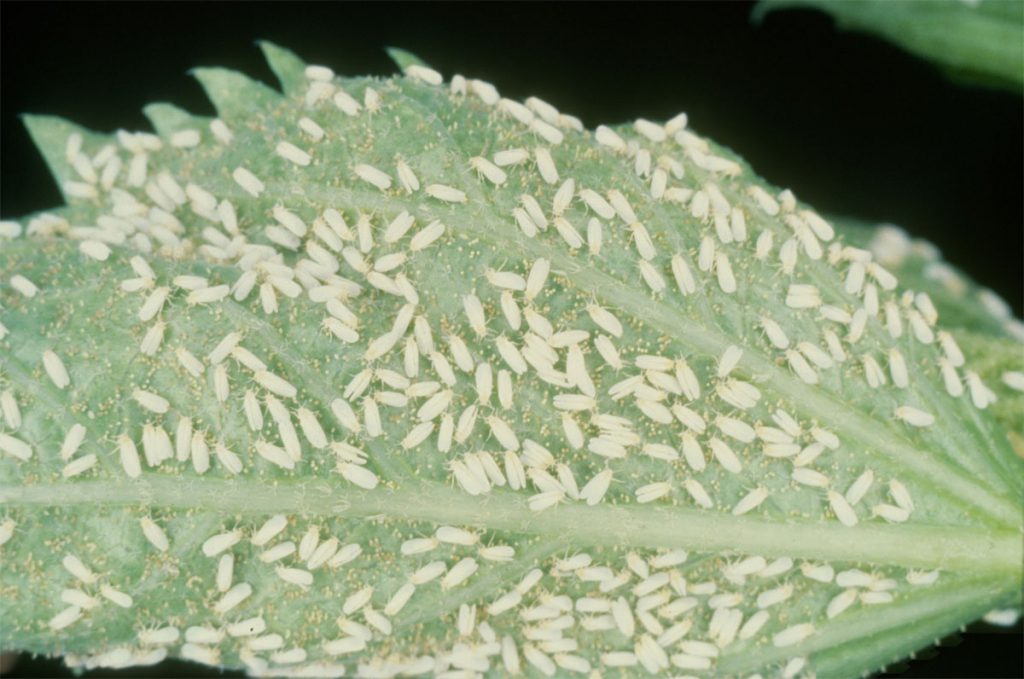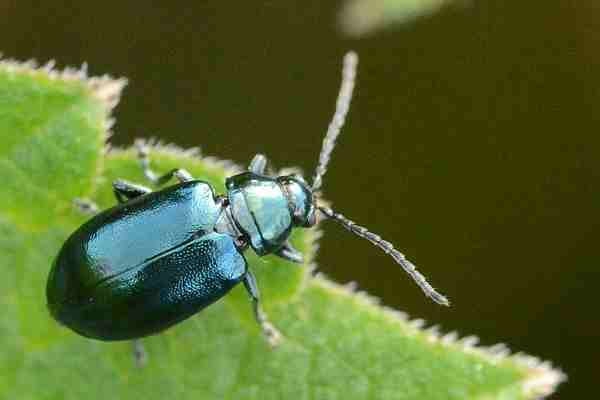Root-knot nematode infects tobacco, potatoes, beets, beets, legumes, vegetables and many other dicotyledonous crops.
Scientific name: Meloidogyne spp.
Other name: root-knot
Greek name: Κομβονηματώδεις
Damage
Tobacco plants are attacked from root-knot nematodes both in the seed starter and later in the field. The presence of the nematodes may not be noticed at first, but may later spread rapidly and assume dangerous proportions. The lateral roots of affected plants show circular nodes of various sizes. These are essentially patches of hypertrophic cells formed by the roots at the points of infestation in response to the toxic secretions of the nematodes. Wilting occurs in the aboveground part of the plants and in cases of very severe infestation the leaves dry out.
Enemy
The adult root-knot nematodes are 1-1.5 mm long. The male individuals are nematomorpha and leave the plant as soon as they have completed their development. The females are pear like in shape and remain permanently established on the roots throughout their biological cycle. Their eggs are surrounded and protected by the ovipositor, which may protrude from the infestation sites or lie below the surface of the root tissues. The nymphs are about 0.5 mm long.
Notes
Root-knot nematodes develop in the root tissues of plants. However, adult males and second instar nymphs may leave the roots. The nymphs move freely in the soil and can therefore attack several plants, one after the other.
Source
www.bayercropscience.gr
Root-knot nematode
Meloidogyne incognita
Tags: PLANTS ENEMY





